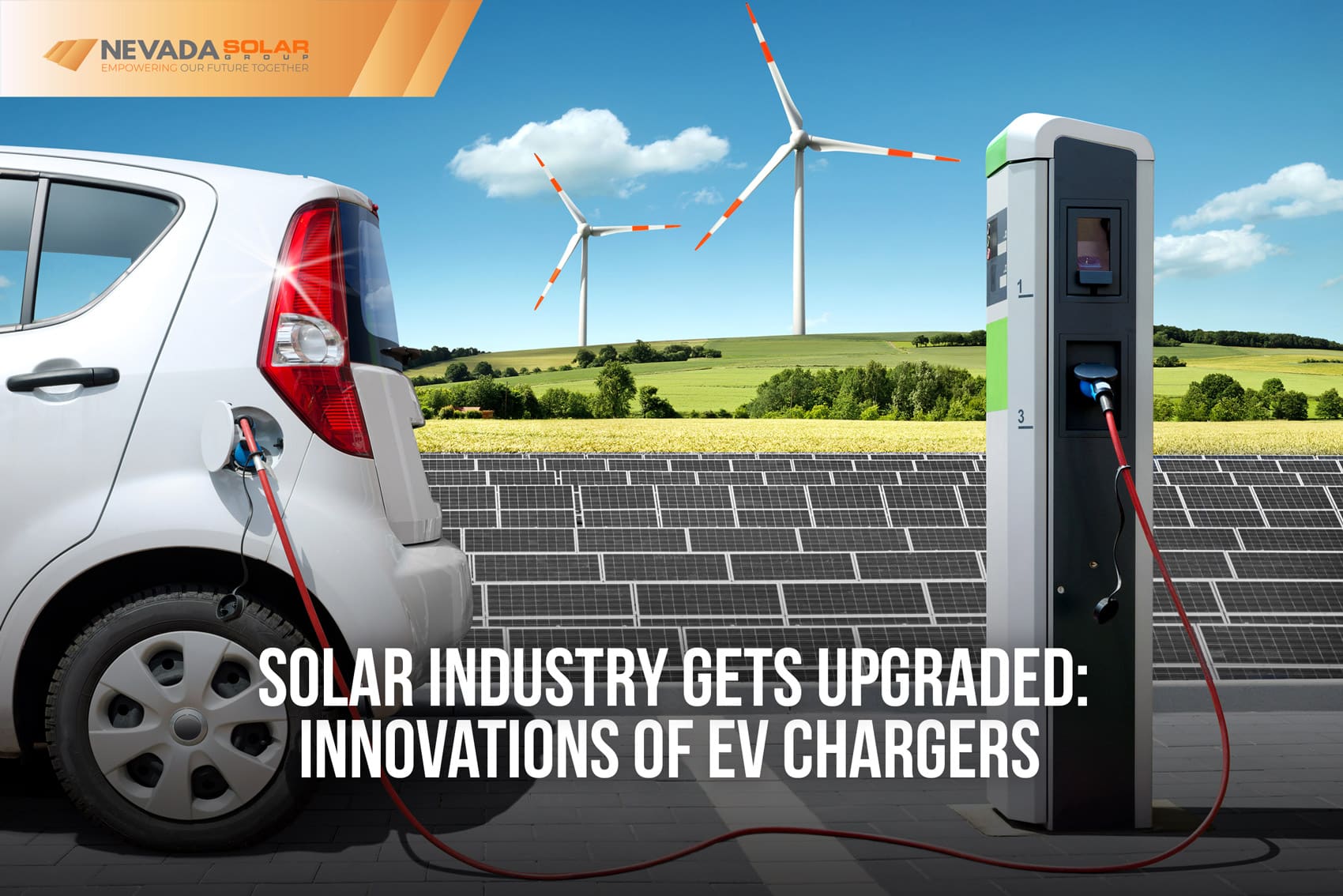Living a care-free lifestyle in a sustainable environment is worth everything. People and companies all over the world work towards eliminating aspects of any sphere that contributes to environmental degradation. One of such spheres is the automotive industry. Well-known and commonly consumed fossil fuels are generously used in the manufacturing and sustaining of automobiles. By coming into the air, toxic pollution overwhelms the environment. Greenhouse gas contamination solely enhances the carbon footprint on Earth, which can turn our lives into horror movies. To tackle the problem of pollution, two industries got mixed, including the automotive and solar industries. In its turn, the automotive one came up with the idea of producing electric vehicles. Accordingly, solar panel companies like Nevada Solar Group integrated EV chargers into their production to complement the innovation of the automotive industry. Subsequently, as the world develops daily, both industries thrive, constantly innovating already existing products. With each model of electric cars, easier ways of charging those get introduced by EV charging companies. Recently, innovations of EV chargers surmounted expectations. Are you interested in knowing what those innovations are? Let’s proceed with the article to see!
Bidirectional Charger
Ordinarily used PV modules give the incentive to send extra energy back to the grid. If the solar industry provides such a benefit to one type of technology, why not give it to another one, too? Bidirectional chargers are an innovative type of EV chargers that accommodate electric vehicle owners to send extra energy back to the grid. That is, vehicle-to-grid (V2G) transfer of power is now possible. Such an opportunity provides EV owners and energy companies to balance demand and supply of power. The thing is that the demand for electric cars rises, which consequently leads to an energy demand surge. For the purpose of regulating power demand and supply, the power transfer formula of V2G got integrated into our lifestyles. Apart from its balancing notion, V2G is an additional source of income. Similar to sending PV panel’s excessively generated energy back to the grid, vehicle-to-grid energy transfer also can be paid by energy companies.
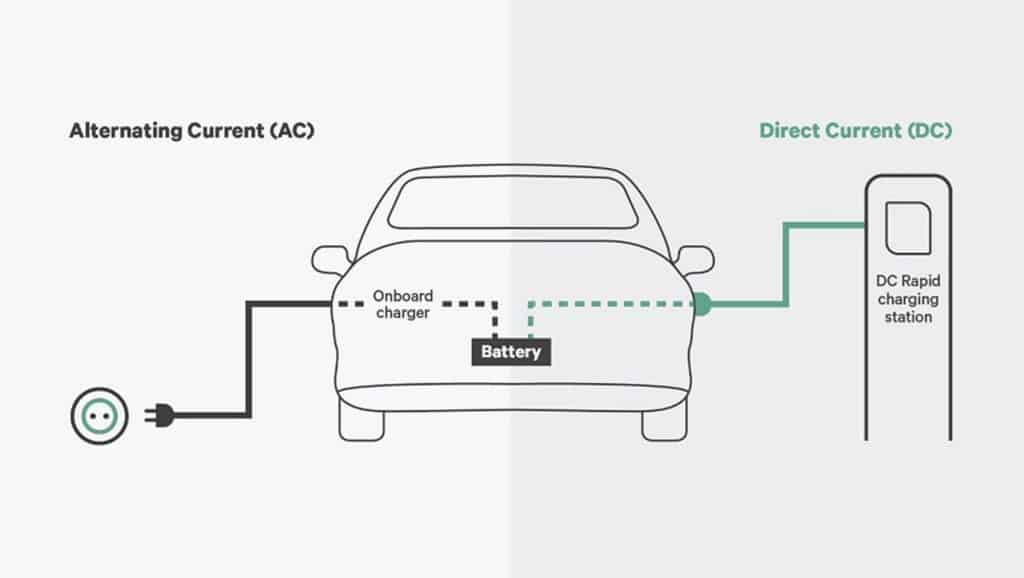
Wireless Charging
Futuristic – a word that drives innovation. Wireless charging is all about the future. Day by day, there is a surge in shared vehicle services. One of the best EV chargers and recent examples of wireless charging is Hyundai’s automated parking system. It allows drivers to take care of EV charging without being around. That is, a driver has the possibility to direct the maintenance to a parking spot. There, the car finds its spot and starts getting charged there without the need to be plugged in by the driver. The mechanism behind it is simple: EVs get automatically and wirelessly charged as soon as there is a demand. That is, whenever the battery gets low, they find a spot to fill it. Even though the project is literally futuristic, there is a company called Fortum that has already started structuring wireless charging stations designed particularly for taxis.
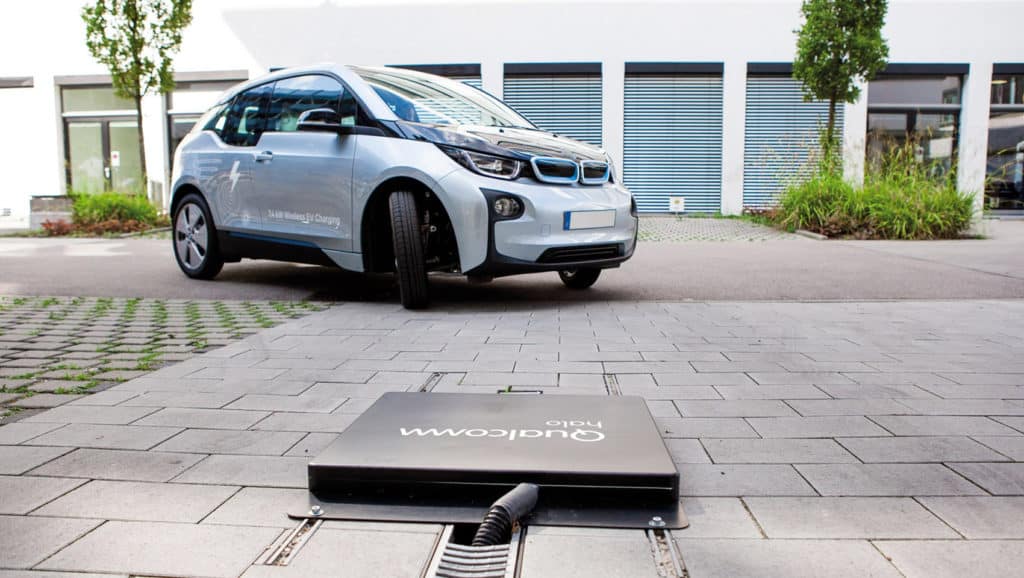
Solar Charging
With this innovation in the EV Charging industry, we are introduced to EV charger types. The first one aids the process of conversion of solar power into electricity. The second one works via solar panels that are attached to the EV’s roof. Both are full of potential to change how electric vehicles can be charged. Indeed, with the second option, more innovation comes to work. Companies like SolarEdge ponder about introducing inverters specifically designed for aiding the functioning of home EV chargers. As it seems, the solar industry, in association with the automotive industry, wants to make innovation convenient for consumption anywhere and everywhere.
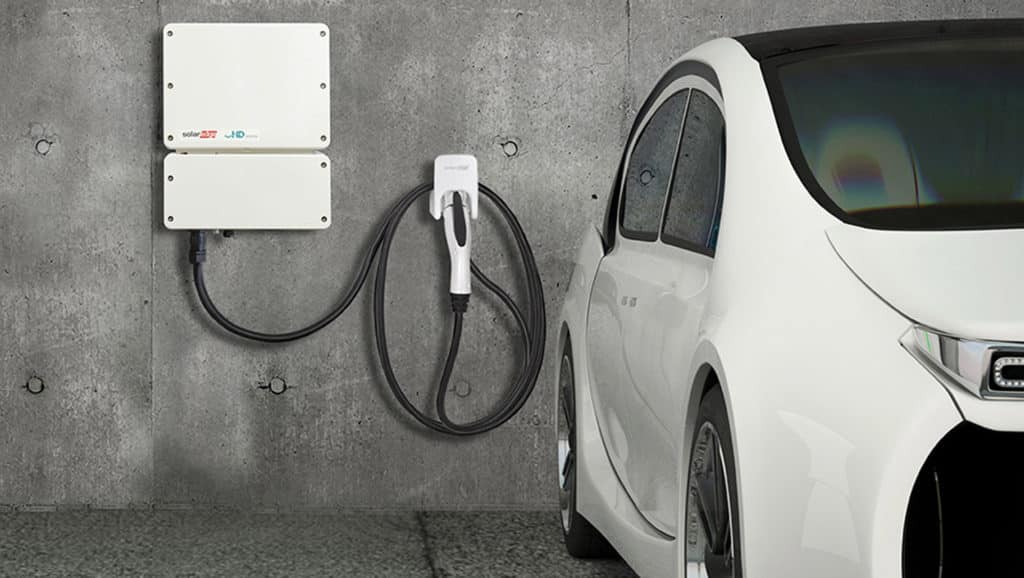
High-Speed Charging
Until now, Tesla introduced a surprisingly fast EV charger called Tesla’s Supercharger. The capacity of this super-technology is charging up to 80 percent only in 30 minutes. As anticipated, the competition in the market is high, which made other companies like Porsche and BMW think about surmounting Tesla and introduce a faster charging device capable of adding 99 kilometers in 3 minutes. It is swift but too futuristic. The thing is that such fast EV chargers take 450 kilowatts, which is a considerable amount for electric cars in the market. The maximum possible capacity that an EV can take is the one of Tesla production, taking up to 120 kilowatts. This being said, even though the market evolves and puts the innovative mind into action, still a considerable step forward should be taken to make high-speed charging compatible with today’s reality.
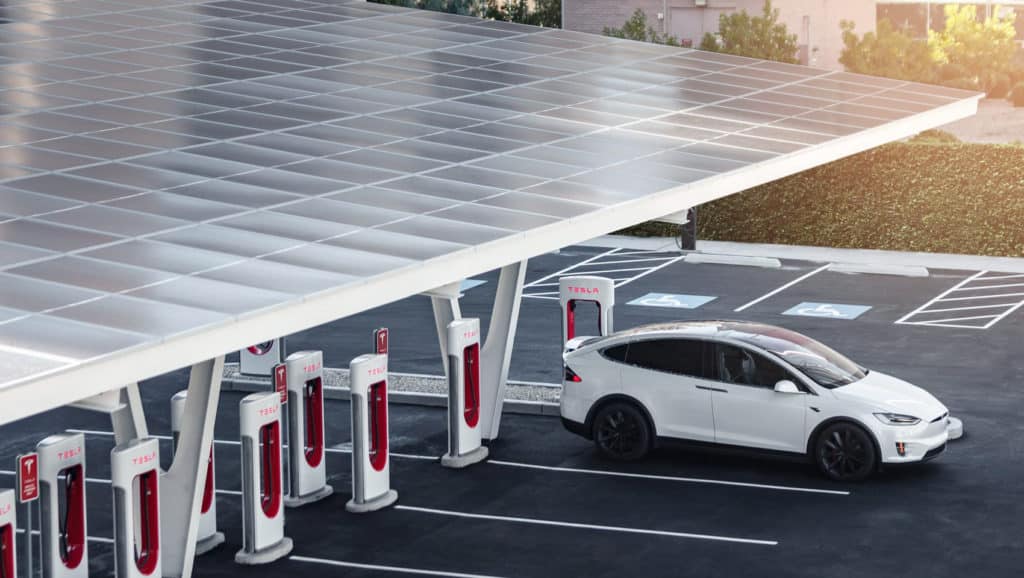
Final Note
Bidirectional charger, wireless charging, solar charging, and high-speed charging are four of a plethora of innovations currently being developed in the automotive and solar industries. As the world strives towards environmental sustainability, our number one goal is to eliminate pollution. Electric vehicles are significant contributors to that. To sustain electric cars, convenient charging mechanisms are being developed. Let’s see where the professionals of these fields take us. Chances are high that the future comes to us.
The author of a publication: Veronika Abrahamyan
